![I & You Ichiba [Closed] I & You Ichiba [Closed]](https://a0.cdn.japantravel.com/photo/826-3943/360x240!/hiroshima-hiroshima-station-area-3943.jpg)
I & You Ichiba [Closed]
JJ WalshOld and lackluster, but still interesting to wander around and see stalls, shops, pubs and places to eat that have been around for over 50 years.

Hiroshima Station is a railway station in Minami-ku, Hiroshima, Japan, operated by West Japan Railway Company. Hiroshima Station is the terminal station for several lines, and all San'yō Shinkansen trains stop here. [Wikipedia]
Thanks to a major renovation that completed in August 2025, Hiroshima's tram platforms are now directly integrated with the main station building and located on the second floor. This has created a much smoother and faster transfer experience for visitors and locals alike.
Opened in March 2025, Minamoa at Hiroshima Station is a dynamic shopping and entertainment complex featuring fashion boutiques, dining options, cinemas, and leisure spaces, all conveniently integrated within the station for seamless urban enjoyment.
![I & You Ichiba [Closed] I & You Ichiba [Closed]](https://a0.cdn.japantravel.com/photo/826-3943/360x240!/hiroshima-hiroshima-station-area-3943.jpg)
Old and lackluster, but still interesting to wander around and see stalls, shops, pubs and places to eat that have been around for over 50 years.

Hiroshima Station along the JR West railway line is more that just a regular train station - It houses a large Japanese souvenir store, coffee shops and even restaurants
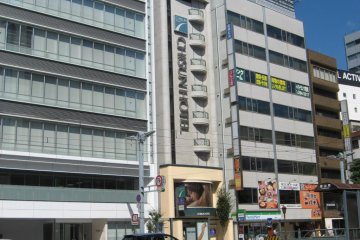
Chisun Hotel Hiroshima, centrally located in the downtown area, is a great place to stay if you're planning a visit to this world famous city.
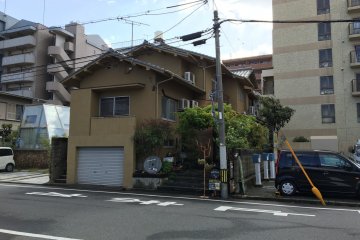
Why Guest House Roku in Hiroshima is a great place for budget travelers looking to make friends
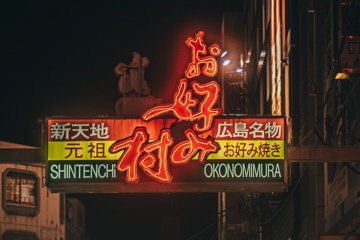
Okonomimura is a Hiroshima-style okonomiyaki theme park located in Shintenchi, Naka-ku, Hiroshima, near the east end of the Hondori shopping street. It has 24 okonomiyaki restaurants, each with a slightly different style and one different selection of ingredients. Okonomiyaki began in the pre-war period as a dish called "Issen Yoshoku" ("" Western food for a dime ""), which was very popular with common people. It consisted of a flour paste cooked with onions, dried shrimp, and spices. After the war, other ingredients such as cabbage, eggs, seafood, buckwheat and wheat noodles were used to improve the diet in these tough times. This is how today's Hiroshima-style okonomiyaki came about. [Photo: Victor Lee / CC BY-NC-ND 2.0]
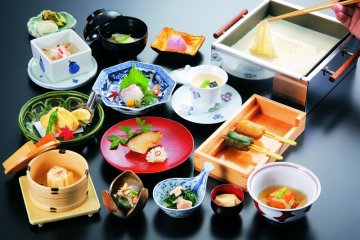
Kaiseki style set Japanese courses and dishes highlighting the beauty and tastes of tofu, yuba and many seasonal delights.
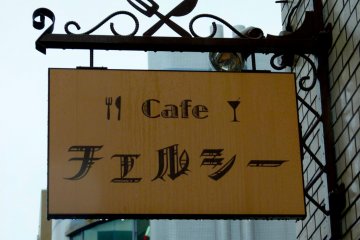
Located near the Shinkansen exit, Chelsea cafe is a nice cafe-bar serving cheap lunch sets (under ¥700), is a good choice at night for western dishes & drinks (open ~3am)
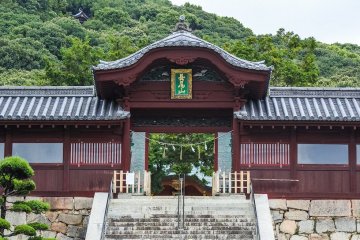
Hiroshima Tōshō-gū (広島東照宮) is a Shinto shrine in Hiroshima which was established in 1648. As with all Tosho-gu shrines in Japan, it enshrines the first Shōgun of the Tokugawa Shogunate, Tokugawa Ieyasu.

Shukkeien Garden, located in central Hiroshima City, is a traditional Japanese-style garden loved by visitors and locals alike. This natural oasis among urban life provides a wonderful setting to slow down and rejuvenate among nature. Shukkeien Garden was completed in 1620 as a private garden for one of Hiroshima’s feudal lords (daimyo) and translates to “shrunken scenery garden” in Japanese. Although the garden was severely damaged in 1945 during WWII, it was completely restored to its former grandeur and is known as a National Place of Scenic Beauty. The Edo-period garden is cleverly landscaped to look like miniature mountains, valleys, rivers, bamboo groves, waterfalls, and forests. In the center of the garden, a carp-filled lake features multiple pockets of land that resemble islands. Plants pruned to look like tiny trees sprout from these islands and decorate the surrounding grounds. The pond’s stillness creates a mesmerizing reflection of the area’s natural hues and organic forms. The scenery shines brightest in springtime when the cherry blossoms are in full bloom, and in autumn when the foliage turns vibrant. The garden also has a small stone statue on its northern side to commemorate the people lost during the atomic bombing in 1945. You can view the expertly crafted scenery from a path around the perimeter of the park or in one of the garden’s many tea houses, which hold tea ceremonies year-round.

The Peace Pagoda, or busshari-tō as it it called in Japanese, was built at the instigation of a Bhuddhist monk named Nichidatsu Fujii. Fuji was the founder of the Nipponzan Myōhōji sect of Nichiren Bhuddhism and was inspired to devote his life to promoting non-violence after a meeting with Mahatma Gandhi. His Peace Pagodas in Hiroshima and Nagasaki were the first of some 80 “shrines to world peace” that can now be found around the world.